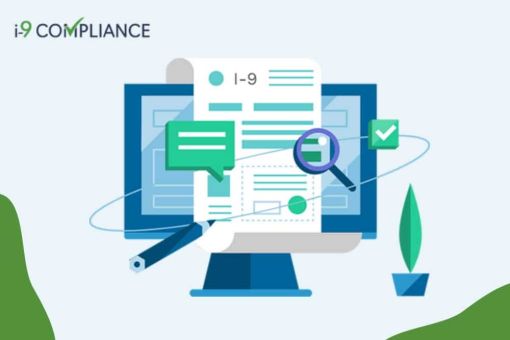Recent DHS Changes to Pandemic Related Flexibilities for Form I-9

Soon after The U.S. declared a state of national emergency in response to the COVID-19 pandemic, the Department of Homeland Security instituted new rules to help combat the spread of the illness. As new cases of COVID-19 have declined, these rules have recently seen some changes.
The most important of these has been the extension of the DHS’s policy permitting employers who are taking precautions related to the pandemic to defer the physical inspection requirements of the Form I-9. In its place, employers instead are permitted to use remote means such as video calls, email, or fax to inspect and retain the employment authorization documents required for completion of Section 2 of the Form I-9.
Employers must create a written policy for their remote onboarding procedures under this remote review policy. Once the document review has been completed using remote means, the employer should include “COVID-19” in the Additional Information field to explain why the physical inspection of documents is being delayed. Once the employee returns to the physical workplace on a regular or predictable basis, the documents must be physically inspected within three business days, and the employer should enter the date of inspection and the note “documents physically examined” to the Additional Information field on either section 2 or 3 as appropriate.
This policy has been renewed several times already and has been renewed once again and will now expire on October 31, 2022. This is a welcome respite for many employers who still have a backlog of remote employees that will require a physical review within three days of the policy’s end date.
However, another temporary policy allowing employers to accept expired documents from List B has not been renewed and expired on April 30. This means that employers that accepted List B documentation between May 1, 2020 and April 30, 2022, which expired on or after March 1, 2020, may need to take action by July 31, 2020.
If the employee is still employed, then the employer must have the employee provide unexpired List B or List A documentation. The employer must enter the title, issuing authority, number, and expiration date. The employer must then initial and date the change. If the employee is no longer employed or the documentation was auto-extended, there is no need to take any further action.
As these changes show, keeping up with the ever-shifting regulations for completing Form I-9 can be a challenge. The best way to keep up and simplify the process is to invest in an electronic I-9 management tool. This can guide HR personnel every step of the way and ensure uniform compliance and secure storage of forms and documentation.
When it comes to your employees, automation makes eligibility verification quick and simple. Ensure compliance today with I-9 Compliance.